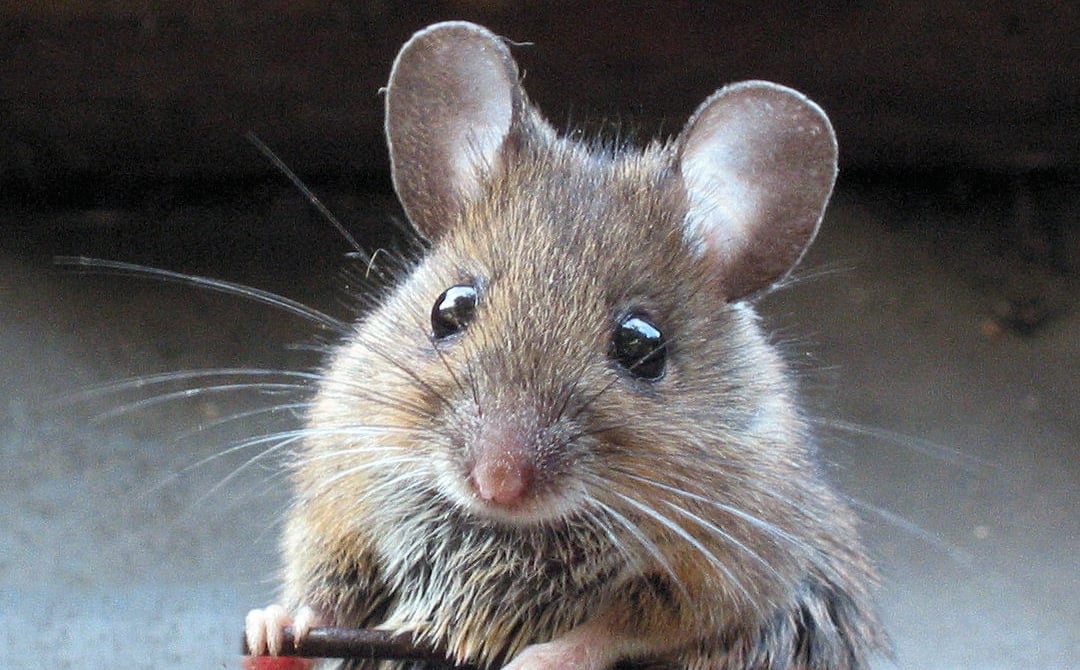

A small piece of human DNA inserted into mice has led to a surprising result: they grow bigger brains. The discovery, published Wednesday in Nature, could help scientists better understand how the human brain grew over time.
Researchers focused on a section of human DNA called HARE5, which helps regulate brain cell growth. When they replaced the mouse version of this DNA with the human version, the animals developed brains that were, on average, 6.5% larger than those of unaltered mice.
The human version of HARE5 appeared to work most actively in early brain cells known as radial glia, cells that later become neurons and other brain tissues. With the genetic change, these stem cells multiplied more quickly and produced more neurons, increasing the size of the brain’s outer layer.
Though the mice developed larger brains, whether the change led to improved memory or intelligence remains to be seen. Scientists don’t yet know if these mice are any smarter, said Debra Silver, a neurobiologist at Duke University and co-author of the study.
The research builds on earlier studies that explored how human accelerated regions (HARs)—short pieces of DNA that stayed the same across many mammals but evolved rapidly in humans—could influence brain development. Scientists have identified around 3,000 of these HARs, but most remain poorly understood.
Silver’s team first identified HARE5 nearly a decade ago. The team compared its function in humans, chimpanzees, and mice in the latest study. The results showed that the human version of HARE5 spurred more brain cell growth than in chimpanzees or mice.
To better examine how this worked, the researchers created tiny, lab-grown, 3D brain models known as organoids. These models mimicked early brain development.
Organoids with the human version of HARE5 produced more radial glia and more developed cells. In contrast, organoids with the chimpanzee version showed fewer and less mature brain cells.
Further analysis revealed four key mutations that make human HARE5 different from the chimpanzee version. Each mutation contributed to the increased growth of neural cells in laboratory settings. The researchers also discovered that HARE5 enhanced activity in a crucial biological pathway responsible for brain cell development.
This research gives a more complete and convincing explanation than earlier efforts, said Katherine Pollard, a bioinformatics expert at the Gladstone Institute of Data Science and Biotechnology in San Francisco.
Despite the progress, many questions remain. “We still do not have a definitive answer to how the human brain has tripled in size since our split from chimpanzees,” said Gabriel Santpere Baró, a neuroscientist at the Hospital del Mar Medical Research Institute in Barcelona.
Santpere Baró believes future research should explore how HARE5 works with other HARs to enhance our understanding of brain evolution. “They still represent a genetic treasure trove that we must keep digging into,” he said.
Silver and her colleagues are now developing tools to study how multiple HARs may interact. “There are many, many different mechanisms that are critical to making the human brain what it is,” she said.
